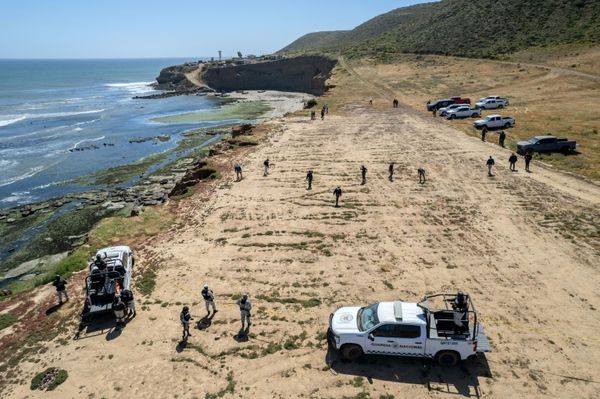
In late 2019, right before Australia’s east coast burned, the Morrison government unveiled a $4 billion Emergency Response Fund designed to “help Australians recover from natural disaster”.
There have been plenty of natural disasters since then. Lismore is under 14 metres of water in floods that have devastated northern NSW and south-east Queensland. But of that $4 billion, not a cent has been spent on disaster recovery, and no readiness projects have commenced construction.
Labor is on the attack. But the government’s Emergency Management Minister Bridget McKenzie says everything is working as planned.
So what’s going on?
A brief history of the fund
Labor wanted to fund both education and disaster relief, but eventually supported the government after reaching a deal to get some TAFE funding. Independent Senator Jacqui Lambie was furious, claiming Tasmania had been sold out by the deal.
The Emergency Response Fund’s story reads like another Morrison government thought bubble. Initially it almost didn’t get under way because the $4 billion was actually repurposed from money earmarked for education infrastructure projects, such as refurbishing TAFE facilities.
When the fund was introduced, the ministers responsible talked a big game, billing it as another plan to get disaster-hit communities “back on their feet” faster. In a media release, then-emergency minister David Littleproud said the fund would “put us on the front foot, making sure we’re better prepared for extreme events”.
For the people of flooded Lismore, it must be pretty frustrating to hear this after nearly three years of the government not doing very much with the fund. But it shouldn’t be all that surprising. From the start, the ERF, with its billions sitting dormant, has been a source of frustration for disaster-prone communities.
In 2020 it was revealed the $50 million annual fund put aside for disaster mitigation, secured by Labor during negotiations to get the ERF through Parliament, hadn’t been touched. This in a financial year which included the Black Summer bushfires.
Within a year of the fund’s creation, not a cent had been spent. In response to attacks from Labor, the government said Emergency Management Australia was still working out the funding guidelines.
By January last year, Queensland councils were wondering where the hell all the money was going, slamming the government for not releasing it for flood and fire mitigation.
The fine print
Littleproud says the money hadn’t been unlocked because of the fine print in the legislation — the ERF can allocate funds only once other spending measures have been exhausted.
This very important caveat never really featured in the initial announcement. But as criticism has ratcheted up, it’s become the government’s go-to defence. Head of the government’s National Recovery and Resilience Agency Shane Stone — a former Country Liberal Northern Territory chief minister — has repeatedly referred to the ERF as a fund of last resort.
“Put simply, the ERF is only intended to be used if other disaster funding that’s already available isn’t enough. It’s not supposed to be the first port of call when a disaster hits,” he said in a Q&A published by the agency.
In Senate estimates last month, Labor Senator Murray Watt, a frequent critic of the government’s emergency management, hit out at the fund, which had earned more than $800 million in interest since its creation despite not funding any disaster mitigation.
“Isn’t it clear that all this fund is doing is racking up money for your government rather than helping disaster victims?” he asked.
Watt renewed his attacks yesterday, as Defence Minister Peter Dutton announced a GoFundMe page for flood victims, despite being in government.
McKenzie has insisted the ERF is working as it should — as a fund of last resort.
“The emergency response fund was set up as a future fund to be used when all other sources of funding have been exhausted,” she said.
McKenzie is somewhat right. The fund is being used as it was intended. Either way, it just doesn’t seem like nearly enough.







